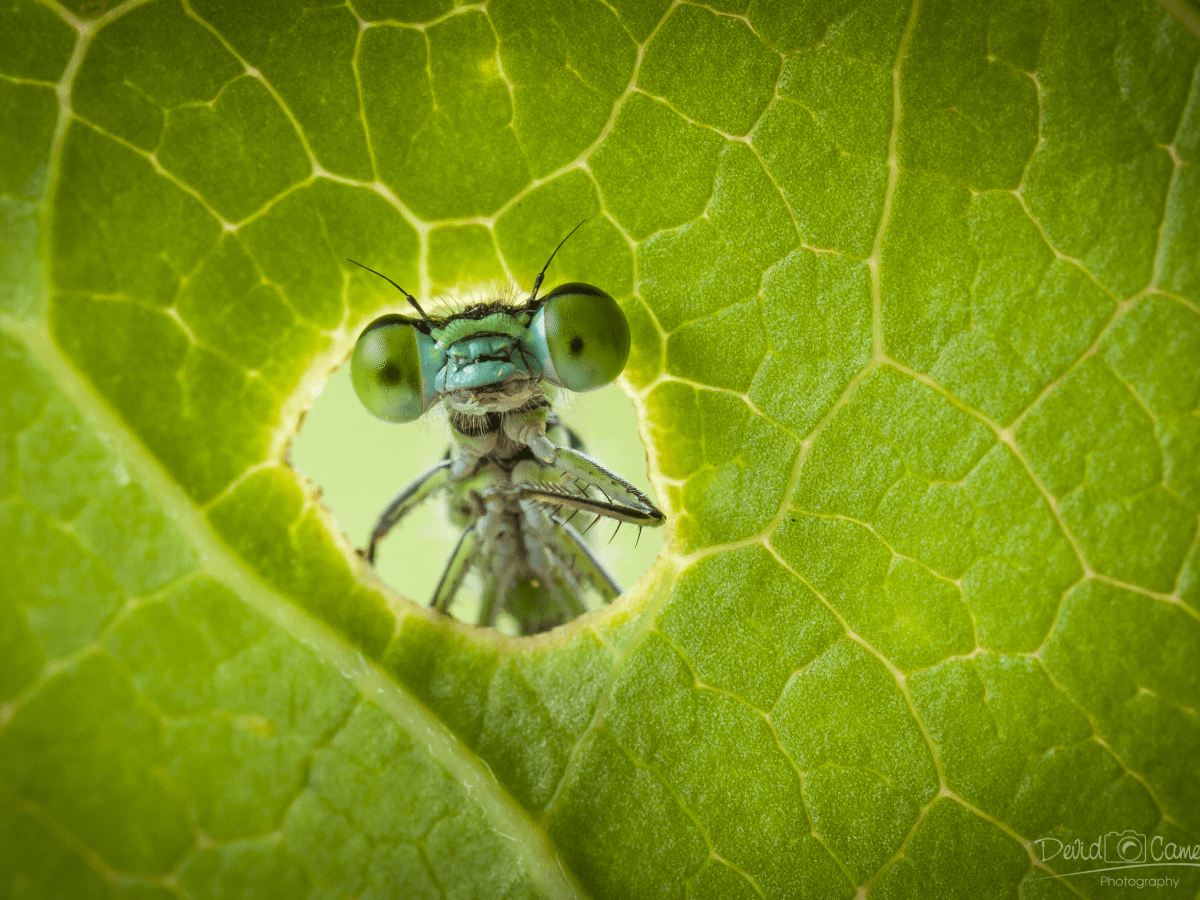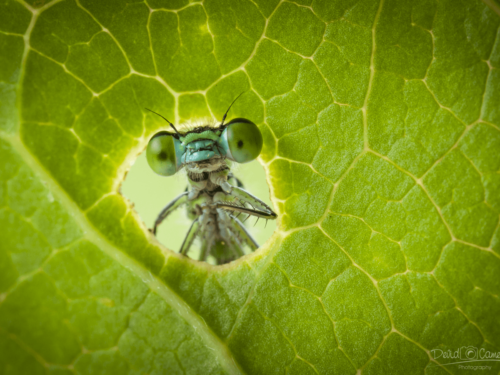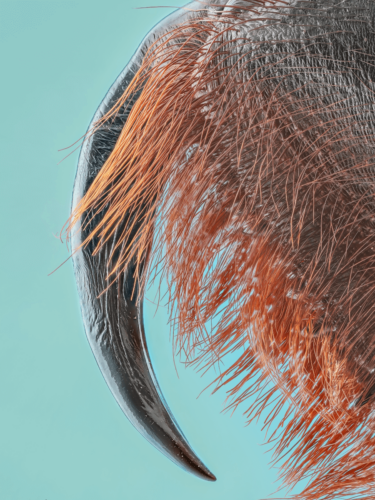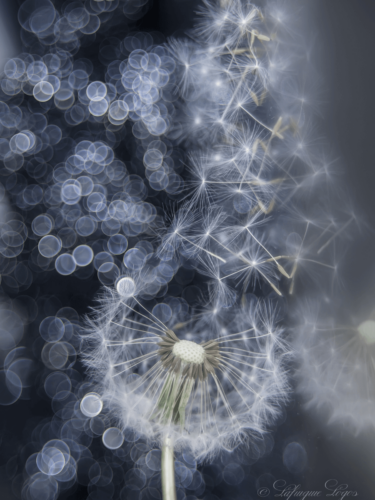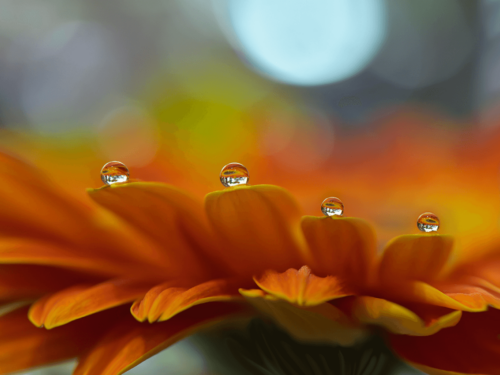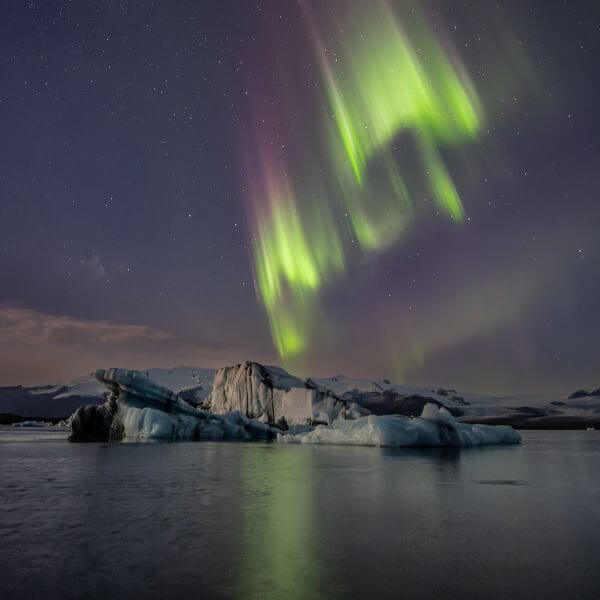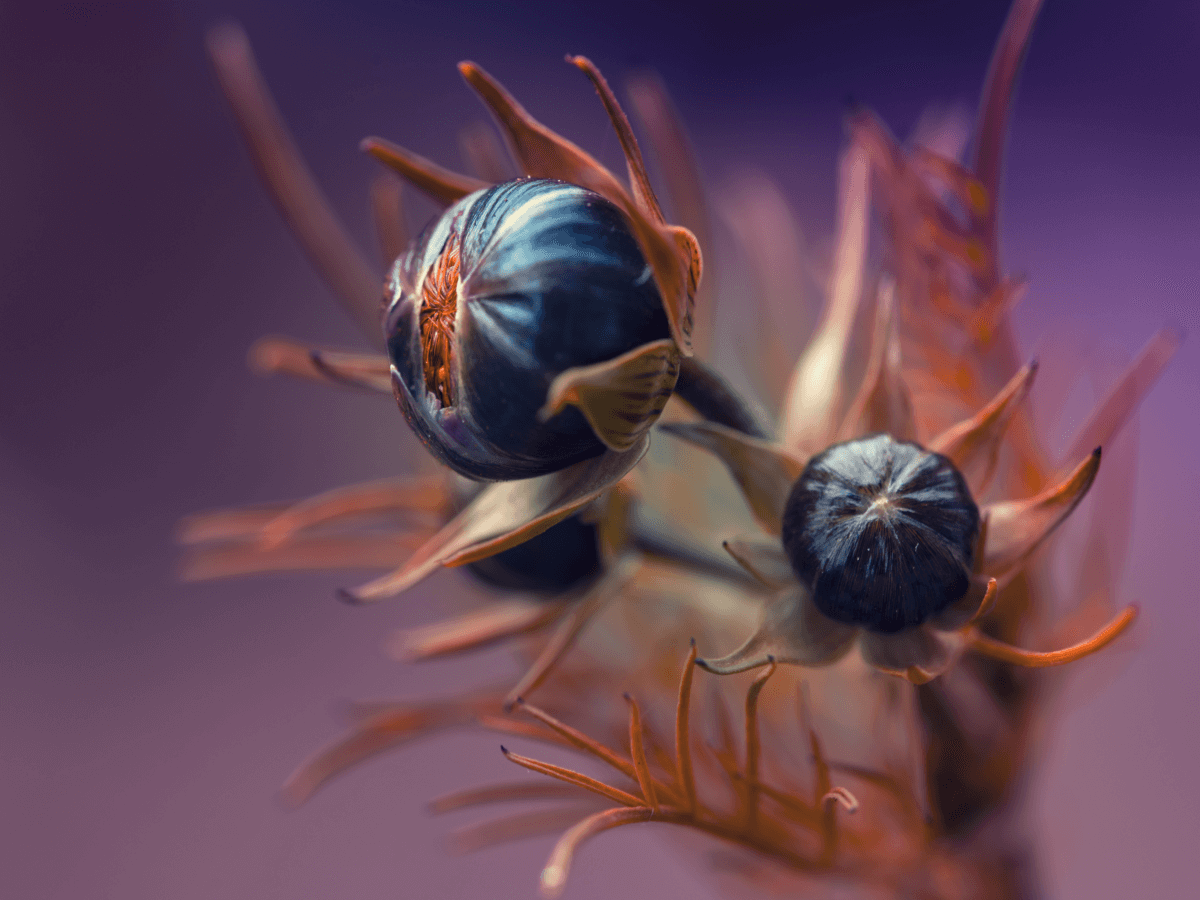Macro photography opens up a fascinating world of tiny details, allowing you to explore textures, patterns, and perspectives that often go unnoticed by the naked eye. Whether you’re photographing the intricate structure of a flower petal or the compound eyes of an insect, macro photography challenges your creativity and technical skills in exciting new ways.
What is Macro Photography?
Macro photography refers to capturing extreme close-up images, typically at a 1:1 ratio or greater, meaning the subject is recorded at life size or larger on your camera sensor. It’s commonly used to photograph small subjects such as insects, plants, jewelry, and textures.
Essential Gear for Macro Photography
To get started, you’ll need the right tools:
- Macro Lens: A true macro lens offers 1:1 magnification. Look for focal lengths between 60mm and 105mm for a good balance of working distance and detail.
- Tripod: Stability is crucial when shooting at such close distances.
- Ring Light or Flash: Lighting helps to eliminate shadows and enhance sharpness.
- ??Extension Tubes or Close-Up Filters: Budget-friendly alternatives that allow standard lenses to focus closer.
Tips for Stunning Macro Shots
Use these strategies to improve your macro photography skills:
- Start with Stationary Subjects: Practice with flowers, leaves, or everyday objects to build your technique before moving on to insects or moving targets.
- Focus Manually: Autofocus can struggle with close distances. Use manual focus for more control.
- Control Depth of Field: A shallow depth of field is common in macro. Use a smaller aperture (like f/11 or f/16) to get more of your subject in focus.
- Mind the Background: Keep your background clean and uncluttered to make your subject stand out.
Dealing with Challenges
Macro photography has its unique set of challenges, including limited depth of field and camera shake. Use a tripod and remote shutter release to reduce movement. Consider focus stacking—taking multiple shots at different focus points and combining them in post-processing to achieve greater sharpness throughout the subject.
Experiment and Explore
Don’t be afraid to get creative:
- Capture textures like peeling paint or rusted metal.
- Shoot through translucent subjects for ethereal effects.
- Explore abstract compositions using everyday items.
Macro photography invites you to slow down, observe carefully, and find beauty in the tiniest of places. With a little practice and patience, you’ll soon uncover a world full of incredible photographic opportunities.
Extended reading: Mastering the art of framing within your photographs

